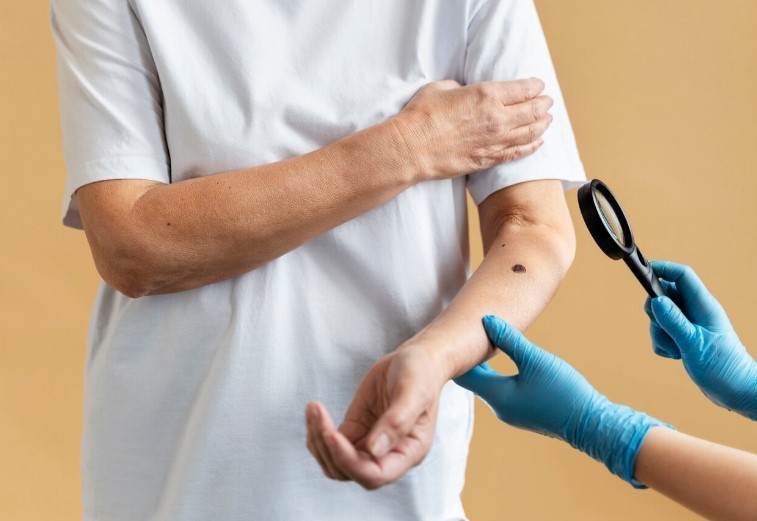Superficial thrombophlebitis, though often considered a minor condition, can cause discomfort and inconvenience for many individuals. Traditionally, superficial thrombophlebitis treatment options have been limited, leaving patients seeking relief from painful symptoms. However, recent advancements in medical science have led to the development of a breakthrough approach that is revolutionizing the way we address superficial thrombophlebitis.
Understanding Superficial Thrombophlebitis
Superficial thrombophlebitis occurs when a blood clot forms in a vein just below the skin’s surface. This condition typically presents with symptoms such as redness, swelling, and tenderness along the affected vein. While it is not usually life-threatening, it can still cause significant discomfort and may lead to complications if left untreated.
Traditional Treatment Approaches
In the past, treatment for superficial thrombophlebitis has primarily focused on managing symptoms rather than addressing the underlying cause. Common approaches include rest, elevation, and the use of compression stockings to reduce swelling. Nonsteroidal anti-inflammatory drugs (NSAIDs) may also be prescribed to alleviate pain and inflammation. In more severe cases, blood-thinning medications or surgical removal of the clot may be necessary.
The Breakthrough Approach
The revolutionary approach to treating superficial thrombophlebitis involves a combination of innovative techniques aimed at both managing symptoms and resolving the underlying clot. Unlike traditional methods that merely provide symptomatic relief, this approach targets the root cause of the condition, leading to faster recovery and better long-term outcomes for patients.
Minimally Invasive Procedures
One key aspect of the breakthrough approach is the use of minimally invasive procedures to remove or dissolve the clot causing superficial thrombophlebitis. These procedures, such as thrombectomy or thrombolysis, involve accessing the clot through a small incision or catheter and either physically removing it or using medication to dissolve it. By directly addressing the clot, these procedures offer a more targeted and effective treatment option compared to traditional methods.
Advanced Imaging Techniques
Another important component of the breakthrough approach is the use of advanced imaging techniques to accurately diagnose and monitor superficial thrombophlebitis. Techniques such as ultrasound imaging allow healthcare providers to visualize the clot in real-time, enabling more precise vein treatment center planning and monitoring of the patient’s response to therapy. This ensures that treatment is tailored to each individual’s specific needs, leading to better outcomes and reduced risk of complications.
Conclusion
The revolutionary approach to treating superficial thrombophlebitis represents a significant advancement in the field of vascular medicine. By combining minimally invasive procedures with advanced imaging techniques, this approach offers a more effective and targeted solution for patients suffering from this condition.

